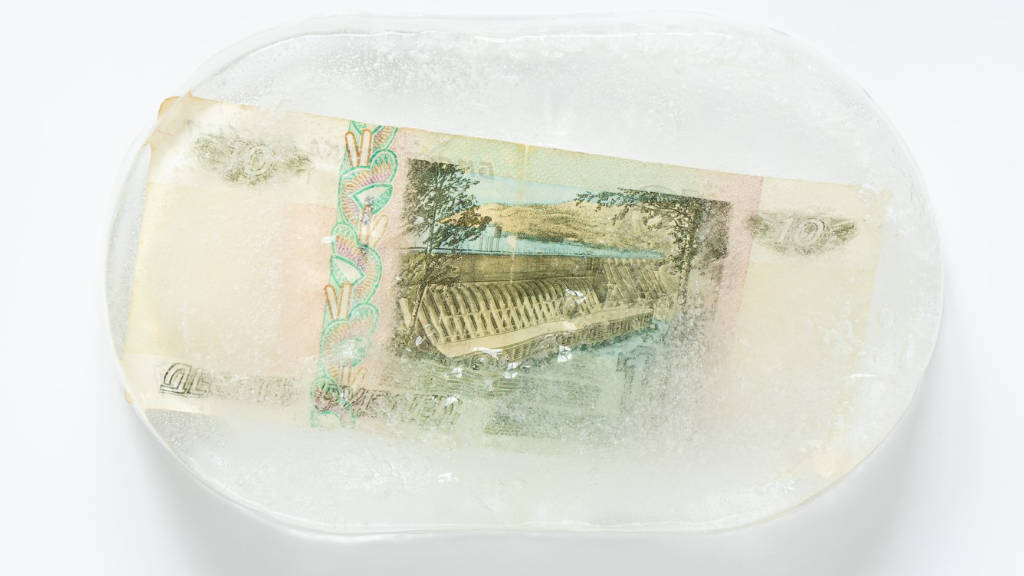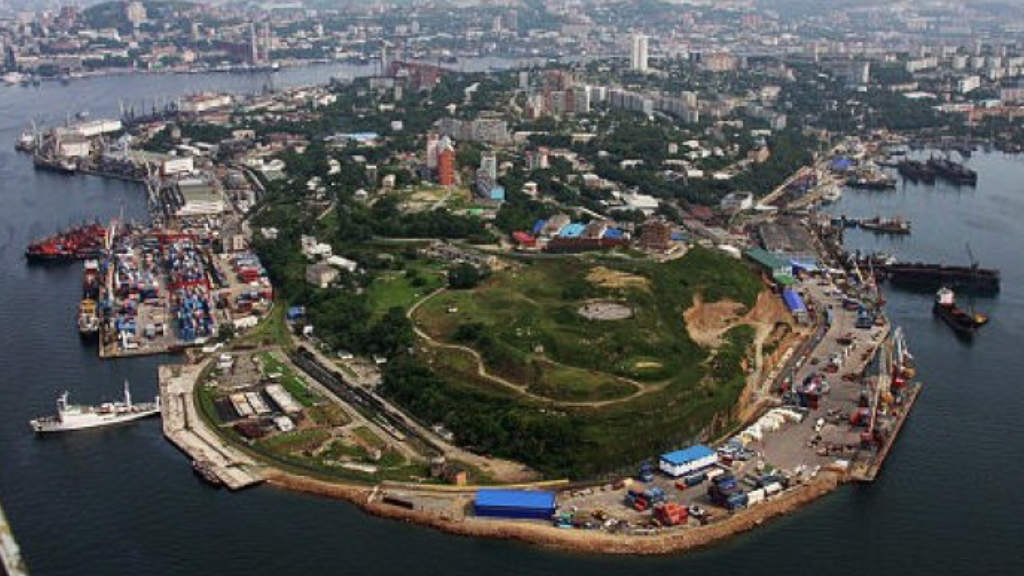An on-going debate has been raging in the West about using frozen Russian capital – about US$282 billion, mostly belonging to the Bank of Russia – to generate funds to give to Ukraine. Of this money, about US$6 billion is held in the United States, with the vast majority being held in Europe.
Opinions on accessing this money to provide funding for Ukraine has varied, with the United States saying it believes international laws permit the seizing of all these funds. The EU however is not so convinced – it holds by far the larger responsibility and has been looking instead at utilising profits gained from the funds, rather than the capital itself. The debates continue.
Reputational Damage & Capital Flight
There are three main reasons for European reticence. One is that other nations, including significant trillion-dollar economies such as China, India, Indonesia, and Saudi Arabia are alarmed at the thought that their European holdings could also be confiscated in the future.
The second is that Europe itself is concerned about what the impact would be upon its credibility. It is thought that capital flight would occur, and that the Euro would be irreparably damaged. But there is another issue: the amount of physical assets that Europe (and the United States) have in Russia.
Russia Seizing European Assets
The US based Steinbach Research Group have estimated that foreign companies hold physical assets in Russia worth about US$285 billion, of which the largest part, US$105 billion, are European – more than three times the US$36 billion of assets held by American companies in Russia.
While the difference between Russian assets held in Europe and European assets held in Russia is about 2.5 to 1 in Europe’s favour, it means that were a tit-to-tat confiscation occur, the EU would benefit to the tune of about US$171 billion. However, balanced against that is the EU’s estimated 2024 annual GDP of US$19.35 trillion – a little over a thousand times that amount. The problem is the relationship between the two – other countries are set to take exception to the EU seizing Russian assets.
Then there is the business political fallout between the European business community and its politicians. Significant numbers of European businesses continue to operate in Russia, including major MNCs such as Unilever, Eurospar, Leroy Merlin, Metro, Auchen, Nestle, Globus, Astra Zeneca amongst many other Fortune 500 businesses. Share prices would collapse. These businesses international supply chains would be damaged, profits would fall, fiscal tax revenues would decrease – and their European employees inevitably lose their jobs.
While Ukraine would be more than content to receive Russia’s frozen assets from Europe, the risk is the political and economic fallout. With a near US$20 trillion economy to protect, balanced against Ukraine’s US$167 billion GDP, the risk for the EU becomes apparent. It is not worth risking the EU’s reputation, even though Kiev and Washington would love to see that money transfer take place.
Democracy
Dare EU politicians take that risk? The answer is they will probably not have too. With EU elections taking place next month, many EU politicians are preparing for a life beyond their current roles as swings towards a more pragmatic viewpoint as concerns Russian relations is likely to occur. Politicians in power today can state all they wish about taking Russian money – and pass the decision onto doing so to the new incumbents. As no-one has asked the European public’s opinion on the merits of a conflict with Russia at this juncture, differences of political attitude may start to kick in from July. Russia’s money appears safe – if frozen – for a little while longer.





